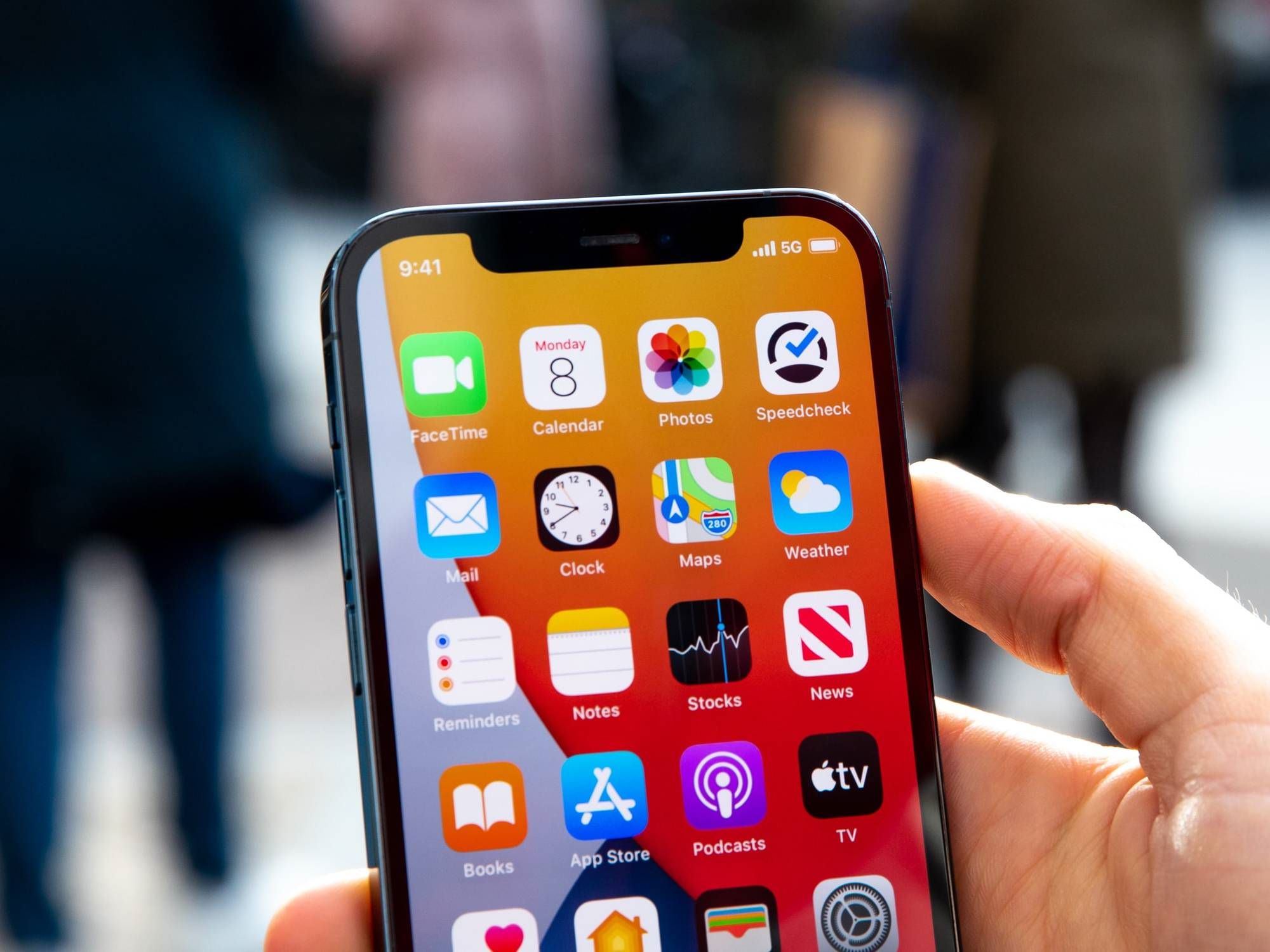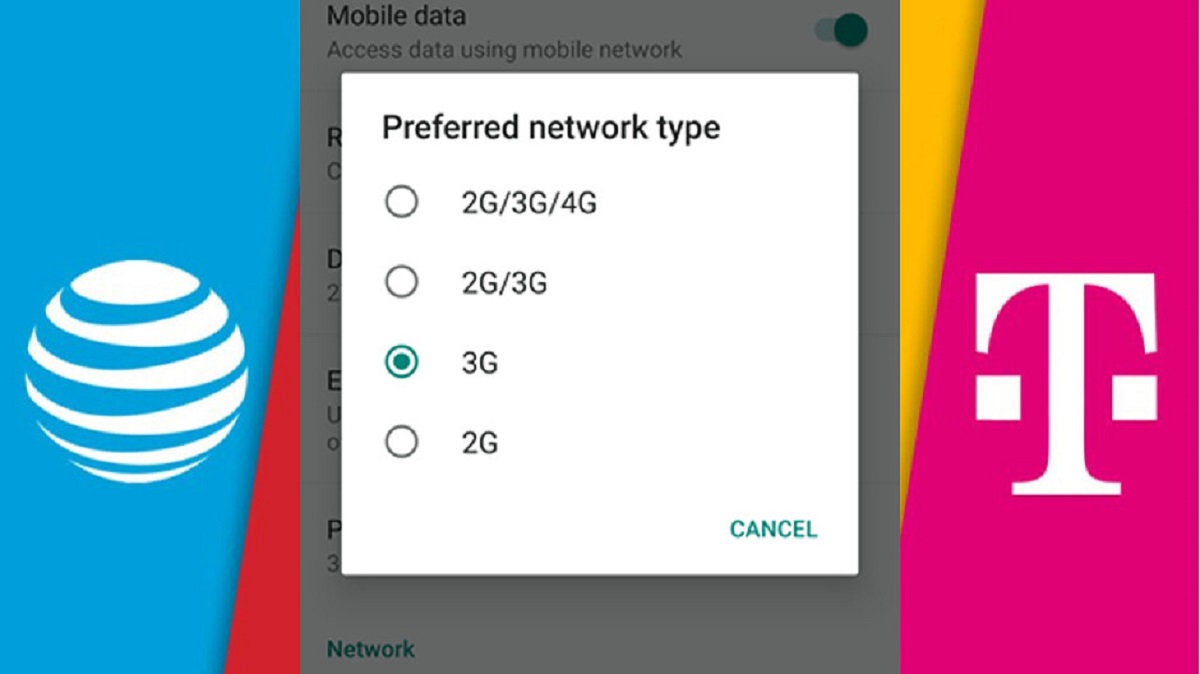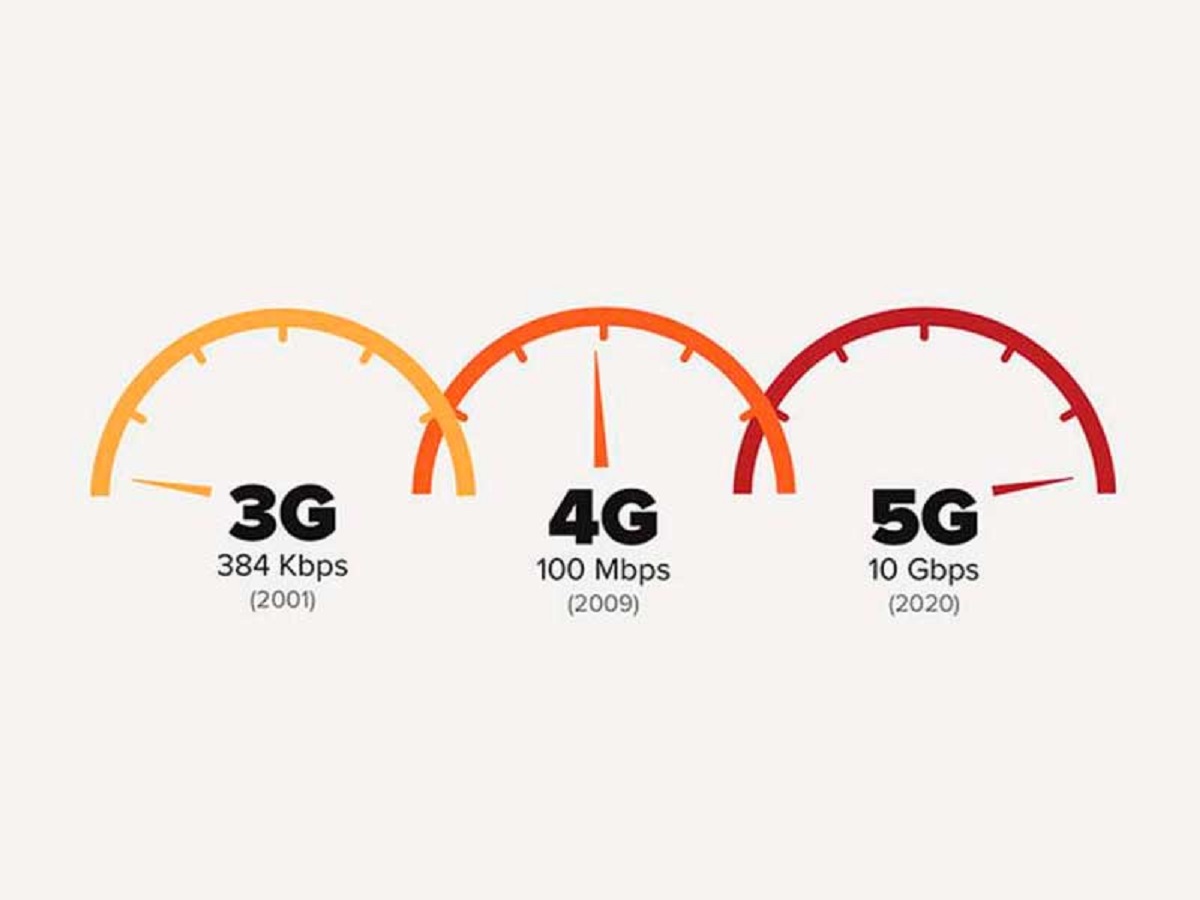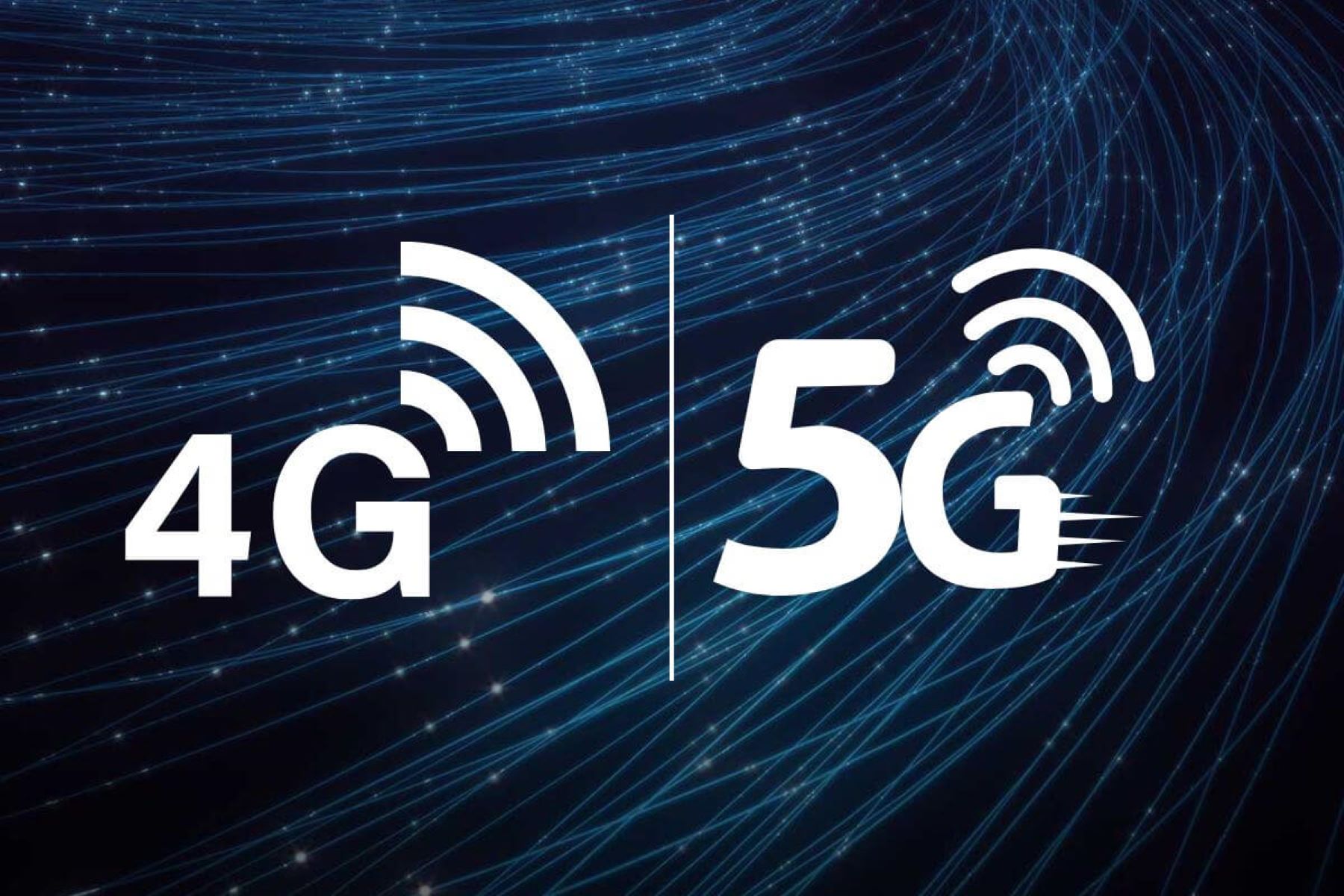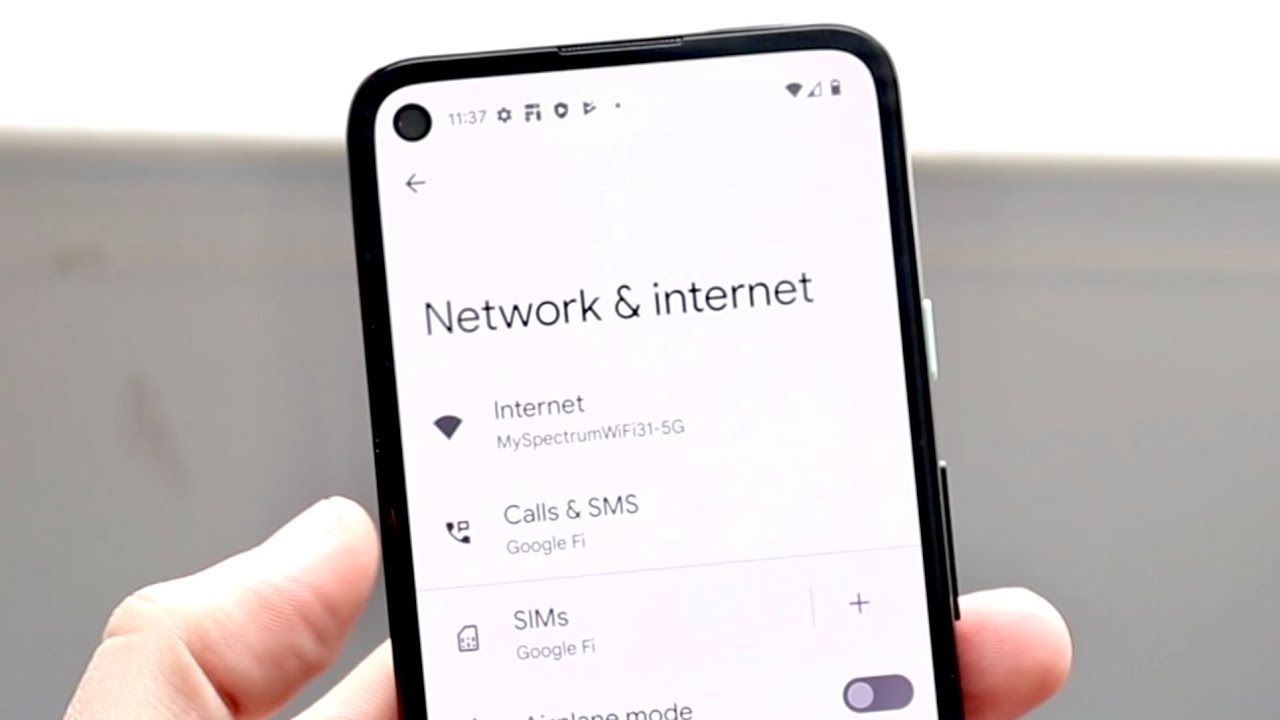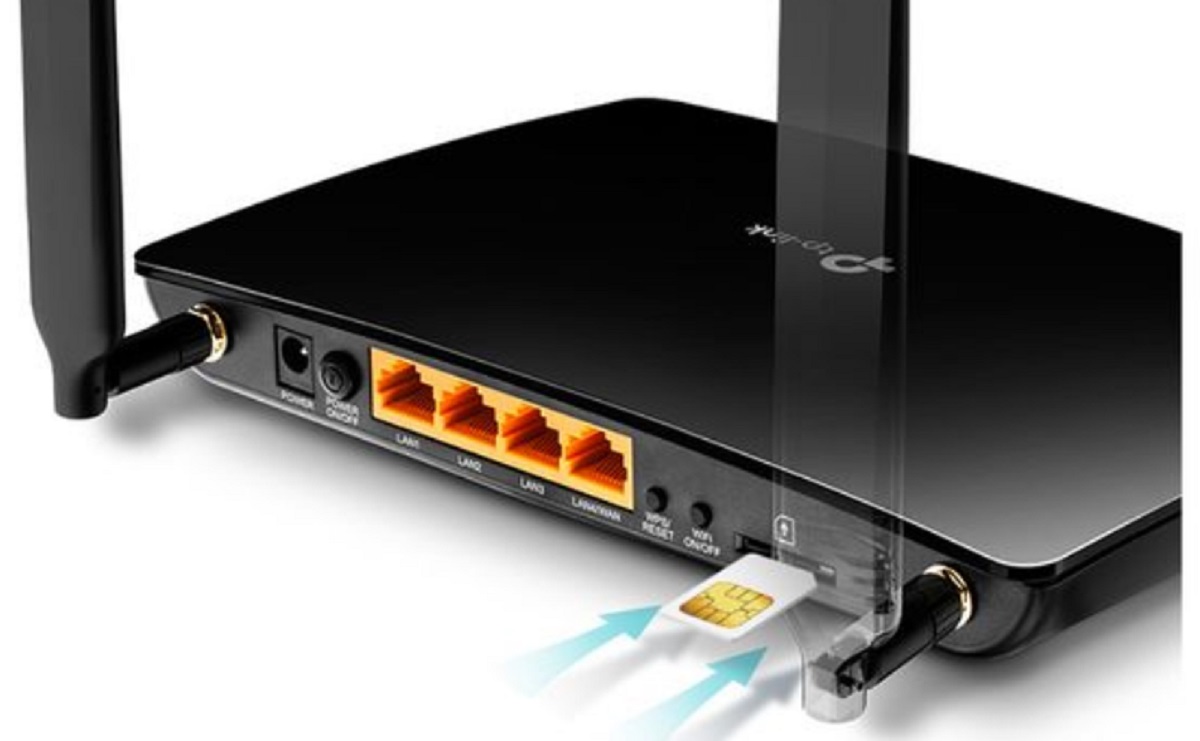Introduction
Welcome to the world of mobile connectivity, where technology continues to advance at a rapid pace. With the introduction of 5G, the fifth generation of wireless networks, we now have access to faster download speeds, reduced latency, and enhanced connectivity. However, there may be instances where you find yourself needing to switch from 5G to its predecessor, 4G.
In this article, we will delve into the world of 5G and 4G, explore the reasons why you might want to switch to 4G, and provide you with a step-by-step guide on how to make the switch. Whether you are experiencing signal issues, prefer the stability of 4G connectivity, or simply need to adjust your network settings, we are here to assist you.
Understanding the intricacies of mobile networks can be daunting, especially with the constant evolution of technology. That’s why we have created this guide to help simplify the process and provide you with the necessary information to switch from 5G to 4G seamlessly.
So, if you’re ready to learn more about how to change from 5G to 4G, let’s dive in!
Understanding 5G and 4G
Before we begin discussing the process of changing from 5G to 4G, it’s essential to understand the differences between these two generations of mobile networks.
5G, short for the fifth generation, is the latest advancement in wireless technology. It promises incredible download and upload speeds, lower latency, and improved network reliability. With 5G, you can experience seamless video streaming, faster downloads, and enhanced connectivity for various devices simultaneously.
On the other hand, 4G, or the fourth generation, has been the standard for mobile networks for several years. It provides fast internet speeds, making it ideal for browsing, streaming, and downloading content on your mobile devices. While 4G may not offer the lightning-fast speeds of 5G, it still delivers a reliable and efficient network connection.
It’s important to note that the availability and coverage of 5G may vary depending on your location. While major cities and urban areas often have extensive 5G coverage, rural areas may still rely primarily on 4G networks. In some cases, you may find that 5G coverage is limited or not available in your area, making 4G the more practical choice.
Additionally, while 5G offers impressive speeds, it may consume more battery power compared to 4G. Therefore, if you’re looking to conserve battery life or are experiencing battery drain issues with your device, switching to 4G can be beneficial.
By understanding the strengths and limitations of both 5G and 4G, you can make an informed decision on whether to switch from 5G to 4G based on your specific needs and circumstances.
Reasons to Switch to 4G
While 5G offers impressive speeds and advanced capabilities, there are several reasons why you might want to consider switching back to 4G:
- Signal Strength and Coverage: 4G networks often have broader coverage and more reliable signal strength compared to 5G. If you frequently find yourself in areas with weak or limited 5G coverage, switching to 4G can ensure a stable and consistent connection.
- Battery Life: As mentioned earlier, 5G connectivity can be more power-hungry compared to 4G. If you notice that your device’s battery is draining faster while using 5G, switching to 4G can help conserve battery life, enabling you to use your device for longer periods without needing to recharge.
- Data Usage and Cost: 5G networks typically offer faster download speeds, but they can also result in higher data consumption. If you have limited data plans or are concerned about exceeding your data limits, switching to 4G can help manage your data usage more effectively, preventing any potential overage charges.
- Compatibility: Not all devices are 5G compatible. If you have an older device that doesn’t support 5G or if you’re using a device that is not specifically designed for 5G connectivity, switching to 4G ensures that you can still enjoy a reliable network connection without any compatibility issues.
- Network Stability: While 5G networks continue to expand and improve, 4G networks have been established for a longer time and are generally more stable and reliable. If you prioritize consistent network performance and want to avoid any potential hiccups or interruptions, switching to 4G can provide a more stable connection.
By considering these factors, you can make an informed decision on whether switching to 4G is the right choice for you. Whether it’s due to coverage limitations, battery life concerns, data usage, device compatibility, or network stability, 4G networks offer a reliable alternative to 5G for a variety of scenarios.
Step-by-Step Guide to Change from 5G to 4G
If you’ve decided to switch from 5G to 4G on your mobile device, the process is usually straightforward. Follow these step-by-step instructions to make the switch:
- Access Network Settings: Open the “Settings” app on your device. Depending on the operating system you’re using, you may find this app on the home screen or in the app drawer.
- Select “Connections” or “Network & Internet”: In the settings menu, look for options like “Connections” or “Network & Internet.”
- Choose “Mobile Networks” or “Cellular Networks”: Look for the option that allows you to manage your mobile or cellular networks.
- Select the Current Network Mode: Look for the option that allows you to switch between different network modes, such as 5G, 4G, 3G, or 2G. The wording may vary depending on your device and operating system.
- Switch to 4G: From the available network modes, select “4G” or “LTE” to switch to the 4G network.
- Save and Exit: After selecting 4G, save the changes and exit the settings menu.
Once you’ve completed these steps, your device should switch from 5G to 4G. Keep in mind that the exact steps and terminology may differ slightly depending on your device’s make and model, as well as the operating system version.
If you’re unsure about the specific steps for your device, you can refer to the device’s user manual or contact the manufacturer’s support for assistance.
It’s also worth mentioning that some mobile network providers offer their own apps or tools that allow you to manage network settings more easily. If your provider offers such an app, you can explore it to find specific options for switching between 5G and 4G networks.
By following these simple steps, you can quickly and easily switch from 5G to 4G, ensuring a reliable and stable network connection that meets your specific needs.
Troubleshooting and Common Issues
While changing from 5G to 4G is typically a straightforward process, you may encounter certain issues or experience difficulties during the switch. Here are some common troubleshooting tips to help resolve any problems:
- Check Network Coverage: Before attempting to switch to 4G, verify that 4G network coverage is available in your area. Poor coverage can result in a weak or unstable connection.
- Restart Your Device: Sometimes, a simple restart can resolve minor network issues. Turn off your device, then power it back on after a few seconds.
- Reset Network Settings: If you continue to experience issues, try resetting the network settings on your device. This will remove any saved network preferences and restore the default settings.
- Update Firmware/Software: Outdated firmware or software can cause compatibility issues. Make sure your device’s operating system and firmware are up to date.
- Contact Your Mobile Network Provider: If the problem persists, reach out to your mobile network provider for assistance. They can provide specific troubleshooting steps tailored to your device and network plan.
- Check SIM Card: Ensure that your SIM card is properly inserted and functioning correctly. A faulty or improperly inserted SIM card can affect network connectivity.
- Switch SIM Slots: If your device has multiple SIM card slots, try inserting the SIM card into a different slot to see if it improves network reception.
- Perform a Factory Reset (as a last resort): If all else fails, you can try performing a factory reset on your device. However, be aware that this will erase all data and settings on your device, so make sure to back up your important data before attempting this step.
Remember, these troubleshooting tips are general suggestions and may vary depending on your device and mobile network provider. It’s always a good idea to consult the device’s user manual or contact customer support for detailed guidance specific to your situation.
By following these troubleshooting steps, you can address common issues that may arise when switching from 5G to 4G, ensuring a smooth and hassle-free transition to your desired network.
Conclusion
Changing from 5G to 4G can be a simple and practical solution for various reasons. Whether you’re experiencing signal issues, want to conserve battery life, or need to manage your data usage, switching to 4G can provide a reliable and stable network connection.
In this article, we discussed the differences between 5G and 4G, explored the reasons why you might consider switching to 4G, and provided a step-by-step guide to help you make the switch on your mobile device. We also touched upon troubleshooting tips to address common issues that may arise during the process.
Remember, the availability of 5G and the coverage may vary depending on your location, and not all devices are 5G compatible. By considering the specific requirements and limitations of your situation, you can make an informed decision on whether switching to 4G is the right choice for you.
As technology continues to evolve, it’s essential to stay up to date with the latest advancements and ensure that you have the most suitable network connection for your needs. Whether you choose to embrace the cutting-edge capabilities of 5G or prefer the stability and reliability of 4G, the choice is yours.
We hope this guide has provided you with the information and guidance necessary to switch from 5G to 4G seamlessly. Should you encounter any difficulties or have further questions, don’t hesitate to reach out to your mobile network provider or consult your device’s user manual for more specific instructions.
Enjoy your network connectivity, and may your mobile experience be fast, reliable, and tailored to your preferences!









